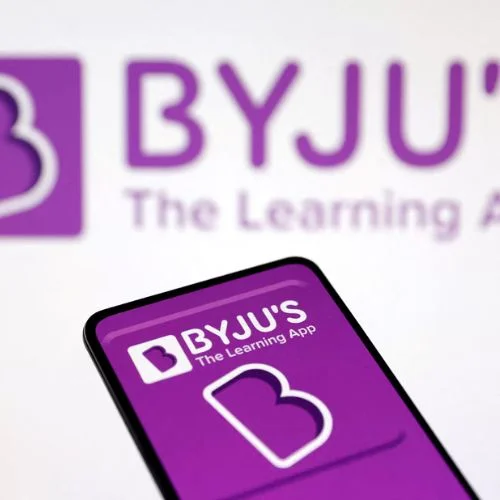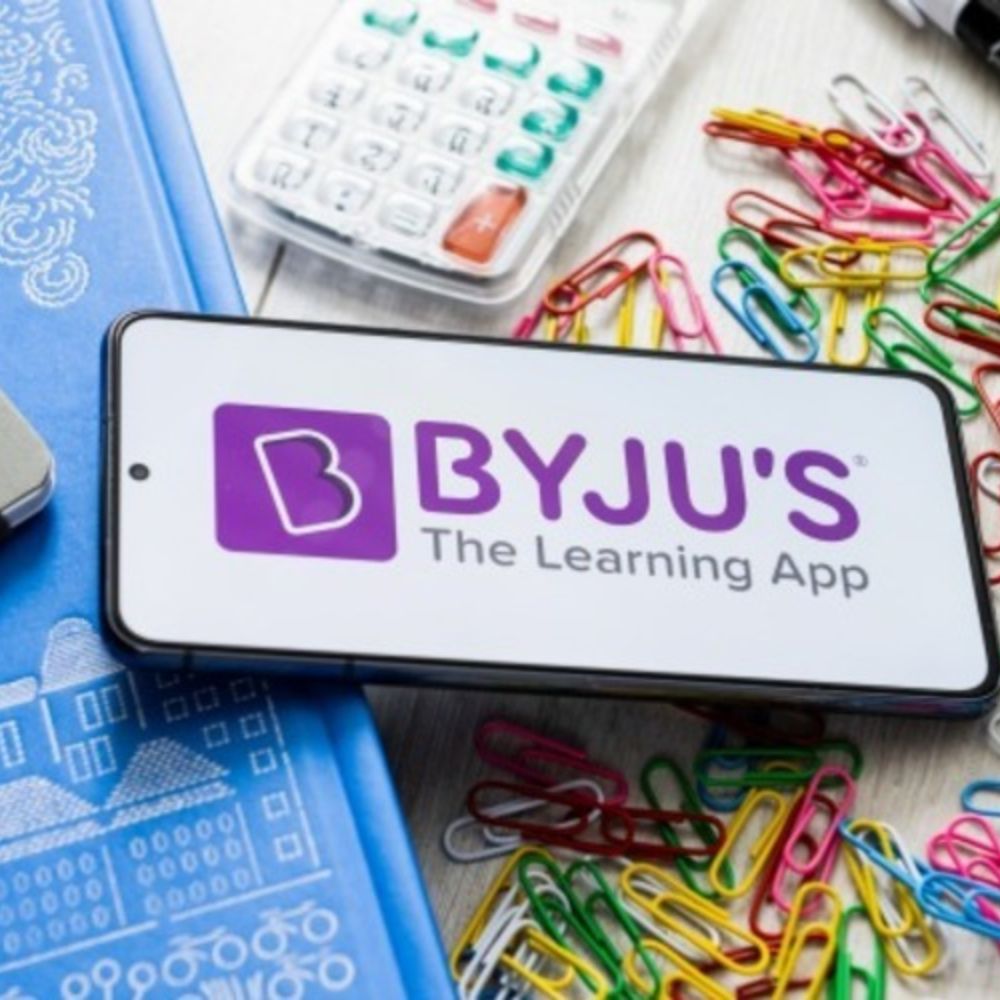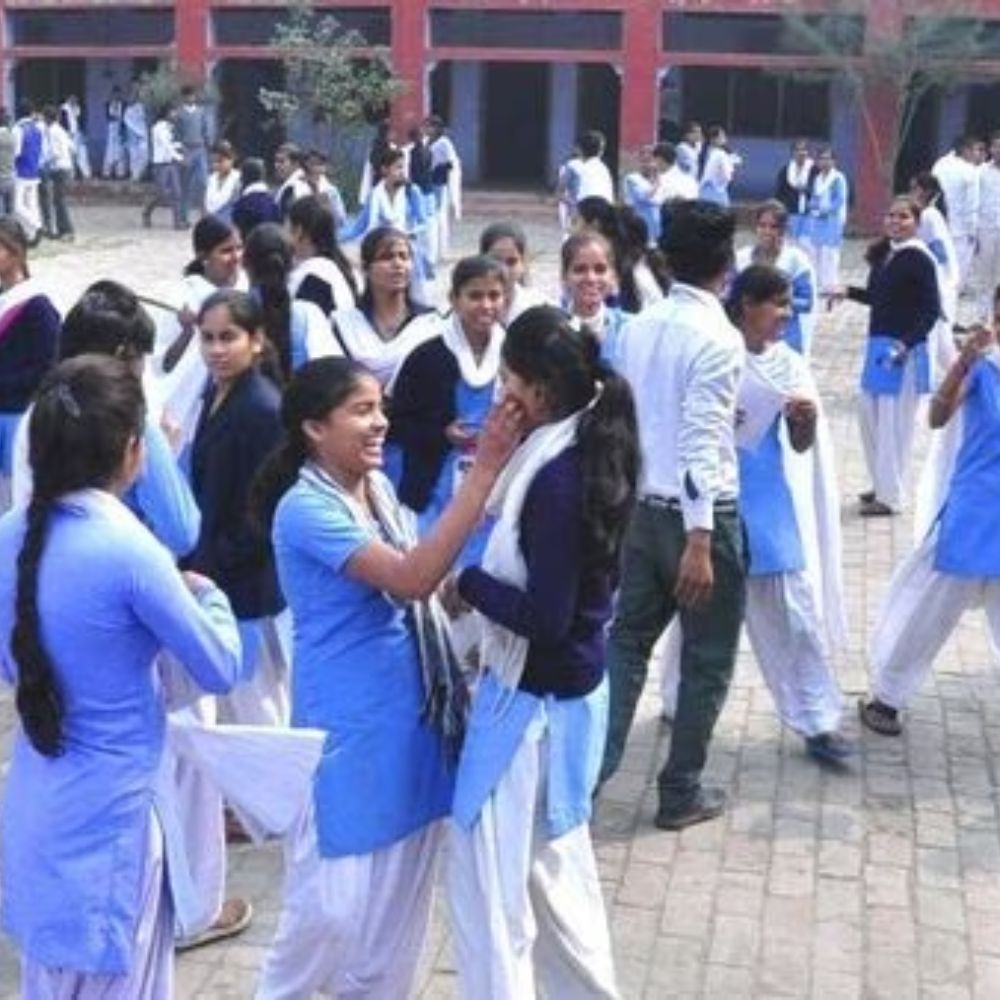Toppr, a learning application for students in grades 5 to 12, had raised roughly $112.1 million in its Series D fundraising round, which ended on July 29, 2020.
Toppr is a Mumbai-based Edtech business that has experienced a 100 percent increase in paying users on a monthly basis, as well as a 100 percent increase in free user engagement. Students may get questions, solutions, ideas, practise exams, and videos from the firm, which was created in 2013. They were also well-prepared for challenging admission tests.

“In light of the unfolding circumstances around the Covid19 pandemic, several schools are closed, therefore why we are providing Toppr live lessons absolutely free for all children in classes 5 to 12,” stated Zishaan Hyath, CEO and Founder of Toppr. Our video lessons, on the other hand, have always been accessible.
Expansion of Toppr
Besides the core product, the school learning app, the funds will be used to develop a product for teaching coding to children as well as a school operating system (OS) for teachers and administrators. Toppr School OS is a curriculum mapping programme for schools and instructors that allows them to design courses, manage class schedules, automate attendance, and distribute homework.
Toppr school is an artificial intelligence-based operating system designed to operate “in school” and “afterschool” learning in a standardised and tailored manner. This allows parents and kids to continue to interact and explore various elements, and it also includes parents and students who are using online learning as a go-to learning resource during these challenging times.
It also saves time by allowing students to take tests, correct test papers, and so on during or after school hours. On the other hand, the coding product Toppr code, which was just introduced, represents a $50 million possibility if the whole opportunity for us in digital learning is $200 million.
Rise of Toppr
Edtech companies also have used social media to attract customers and notify them about the free live lessons they are offering. According to the BARC Nielson research, edtech applications spent 128 percent more on digital ads during the shutdown. It’s not just the large businesses that are spending money on advertising; they’re also gaining more consumers from other countries.
In the midst of Covid, more than a dozen Edtech businesses, such as Byjus, Vedantu, and others, obtained funds as investors through platforms that saw rapid development throughout the epidemic. The number of monthly learning sessions on its app had also doubled, from 14 to 15 million before Covid to 32 million after the lockout.
Toppr already had over 60,000 students on its learning platform and was working hard to get another 2.4 lakh on board. The Edtech sector is predicted to grow rapidly, with investors expecting to invest $87 billion in the worldwide industry over the next ten years. The Indian market is expected to increase at a rate of over 20% per year until it reaches $2 billion in 2021.
Toppr sponsorship
Over 11 rounds of fundraising, Toppr raised a total of $112.1 million. As edtech businesses continue to benefit from the pandemic-driven online learning boom, they just secured investment from a Series D round on July 29, 2020. The new investments in the Mumbai-based e-learning platform were headed by Foundation Holdings, a Dubai-based investment group. Existing investors, such as Kaizen Private Equity, also took part, according to a press release.
Success of Toppr
Toppr’s operational sales increased by 49.5 percent to $11.44 million (Rs 84.3 crore) in FY20, up from $7.65 million (Rs 56.4 crore) in FY19. Moreover, during FY20, Toppr’s income from financial assets increased by 46 percent to almost $814K (Rs 6 crore). Looking at the company’s costs, Toppr spent a total of $27.63 million (Rs 203.7 crore) in FY20. As a result, it has increased by 31.6 percent as compared to FY19’s total costs of Rs 154.8 crore. When it comes to the unit level, Toppr spent Rs 2.41 to earn a single rupee of revenue in FY20, which is a slight gain over FY19.















